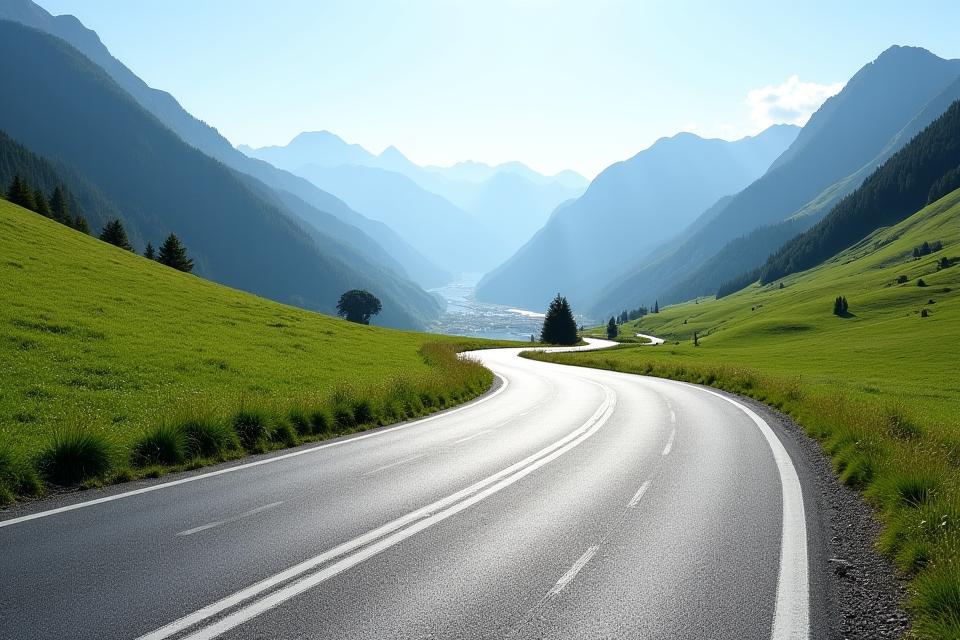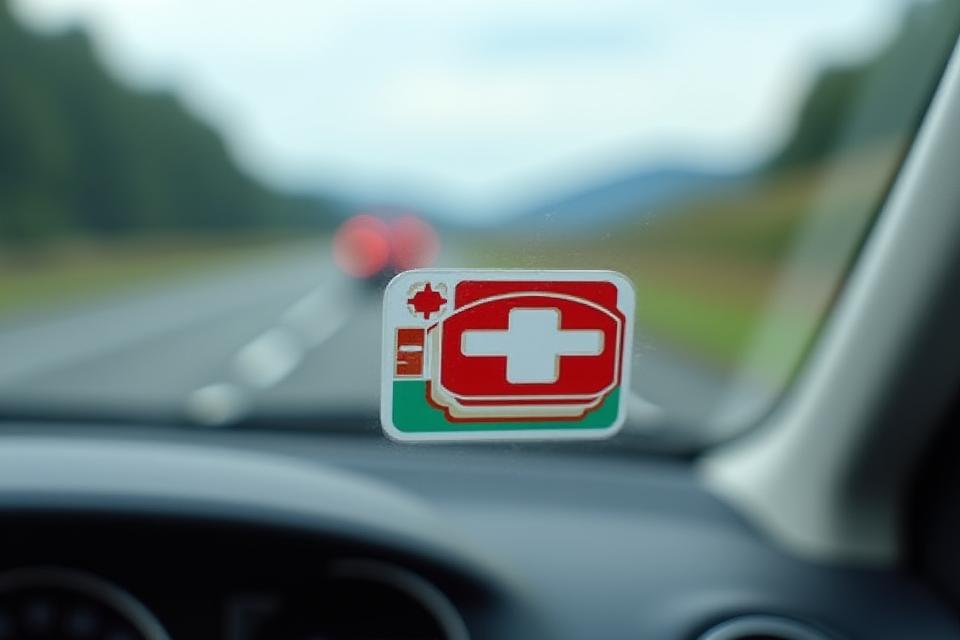Switzerland Travel Guide
Your ultimate resource for planning an unforgettable adventure in Switzerland.
Driving in Switzerland: What You Need to Know
Explore the stunning landscapes and charming towns at your own pace with our guide to driving in Switzerland.
Navigating the Swiss Road Network
Traveling to Switzerland by car offers the flexibility to explore the stunning landscapes, charming towns, and picturesque villages at your own pace. The country boasts an extensive network of well-maintained roads, including scenic routes that lead through the majestic Alps and along pristine lakes. From winding mountain passes to efficient motorways, the Swiss road infrastructure is designed for smooth and safe journeys, ensuring you can reach even the most secluded destinations.

Essential Swiss Driving Regulations
To ensure a smooth journey and avoid any unexpected fines, familiarize yourself with Swiss driving regulations. Here are some key points:
- Speed Limits: Generally, 50 km/h in built-up areas, 80 km/h outside built-up areas, and 120 km/h on motorways. Always observe posted signs as limits can vary.
- Vignette (Toll Sticker): A valid motorway sticker (Vignette) is mandatory for using Swiss motorways. It costs CHF 40 and is valid for one calendar year. You can purchase it at customs offices, post offices, petrol stations, or online before you enter Switzerland.
- Daytime Running Lights: It is compulsory to drive with lights on, even during the day.
- Seatbelts: Mandatory for all occupants.
- Child Seats: Children up to 12 years old or 150 cm tall (whichever comes first) must be in an appropriate child restraint system.
- Right-Hand Traffic: Switzerland drives on the right side of the road.
- Emergency Triangle & Reflective Vest: It's recommended to carry these items.

Optimizing Your Route Planning
While the roads are excellent, careful planning is still advisable to make the most of your driving adventure. Consider the following:
- Weather Conditions: Especially in winter months (October to April), mountain passes can be closed due to heavy snowfall. Always check current conditions before departing. Winter tires are highly recommended, and snow chains may be required on some routes.
- Traffic Information: Use GPS or local radio to stay updated on traffic jams, particularly around major cities during rush hour.
- Parking: Parking regulations can be complex, especially in town centers. Look for designated parking zones (blue, white, or yellow) and understand their rules. Blue zones often require a parking disc.
- Fuel Stations: Widely available, but prices can vary. Consider filling up before reaching remote mountain areas.
- Mountain Driving: Be prepared for steep ascents, descents, and sharp turns. Use lower gears to control speed, especially downhill. Prioritize safety and enjoy the breathtaking views.

Let Online Via Tours Handle the Details!
Prefer to sit back and enjoy the scenery without the hassle of planning and driving? We offer expertly curated self-drive tours that include all the best routes, accommodations, and insights, or fully guided experiences tailored to your desires.
Check Our Self-Drive & Guided Tours